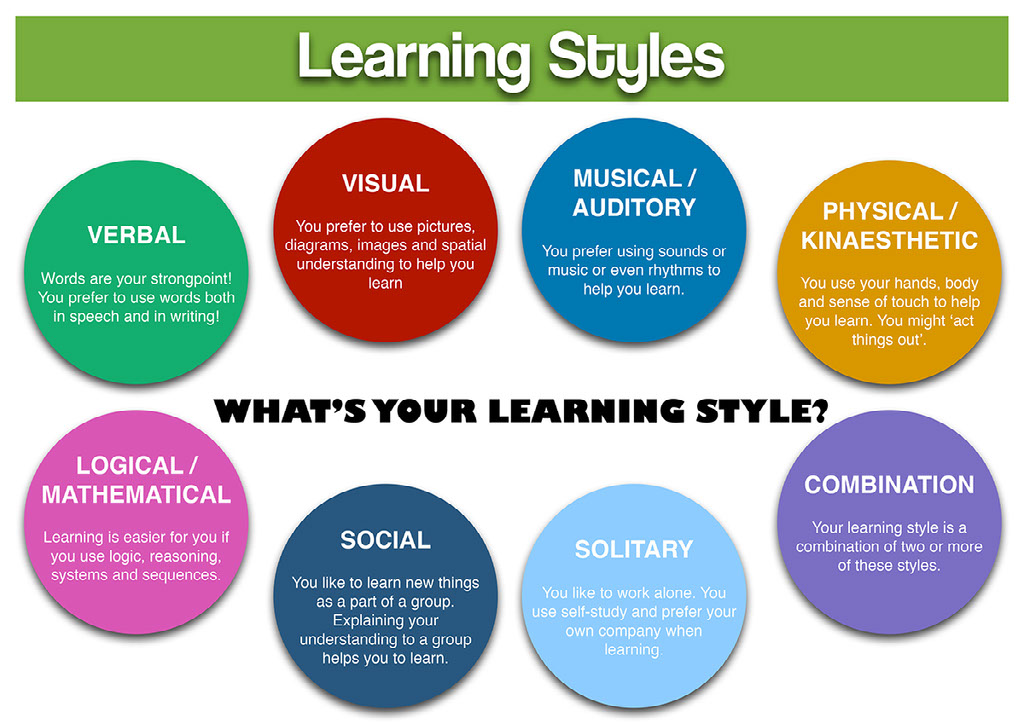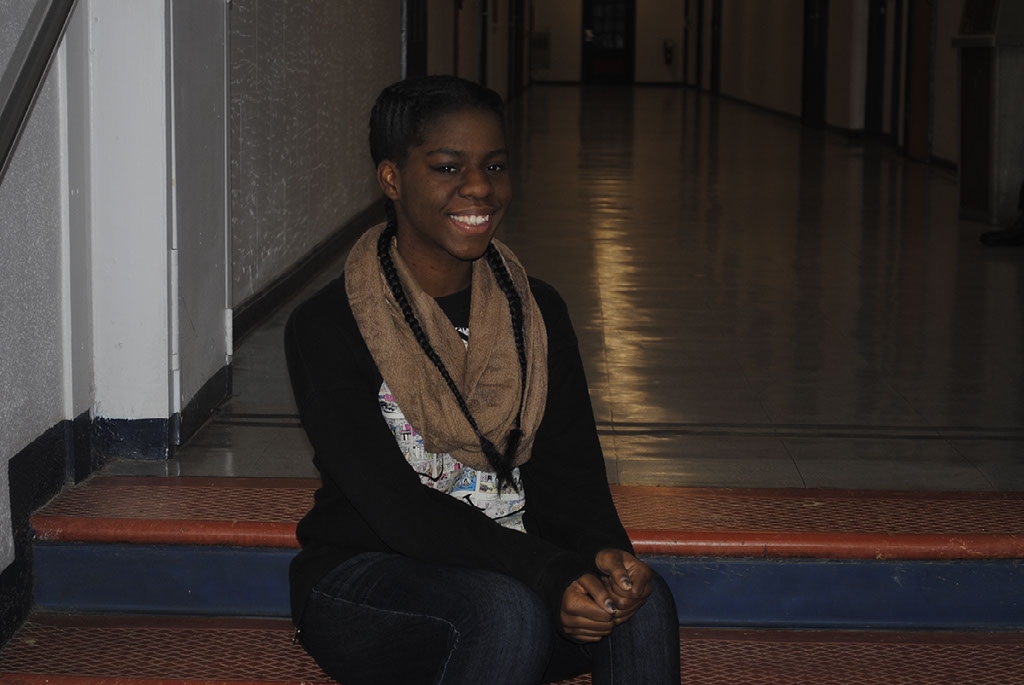How Best DO you Learn? By Cora Myers
Classrooms are filled with a variety of learning styles each day and teachers must decide which approach will work best for their students.
Students learn best when they have immediate use of learning, or help teach others what they’ve just learned. “If I understand something in class and someone else doesn’t, I feel that it helps me to really understand what I’ve been taught by trying to teach or help the other student who is having difficulty,” says Anijah Jackson, Sophomore at DHS.

In the classroom it is often found that some students won’t ask questions in front of their peers for fear of being made fun of for not understanding a topic, so teachers have a harder time gauging where their students are and how else they can help teach the student better. Jordan Lightfoot, Sophomore at DHS, explains her comfort with asking questions in class. “In class if I don’t understand something, I will usually wait until after class to be alone with the teacher to ask my question. I feel bad if I don’t understand and it looks like everyone else in class already understands so I try to speak to teachers after class rather than in class with everyone watching.”
A teacher cannot pour information into a student’s brain and always expect that student to process it and apply it correctly later. While reading is a very important learning mode, not all students learn effectively from reading. “I learn best I think with visual stimuli, like watching videos and taking some quick notes on the videos. Being very hands-on also helps me, like doing labs in biology helps a bunch” Jordan Lightfoot states.
A teacher cannot pour information into a student’s brain and always expect that student to process it and apply it correctly later. While reading is a very important learning mode, not all students learn effectively from reading. “I learn best I think with visual stimuli, like watching videos and taking some quick notes on the videos. Being very hands-on also helps me, like doing labs in biology helps a bunch” Jordan Lightfoot states.
“Yes, it is difficult for me to understand topics in geometry and biology class. We take notes and are expected to study them all in a short period of time before we’re given multiple quizzes and tests on the material” says Anijah Jackson.

According to UsingEnglish.org, “Reasons why they might be reluctant to ask questions are mainly connected to shyness, language problems, relevance, and the teacher’s and students’ roles. Examples of these and other reasons include shyness. They are afraid of asking a silly question. They don’t want to be the first person to ask a question. They are hoping someone else will ask about the thing they have questions about, or that the teacher will just answer the question anyway. They’d prefer not to ask in front of the other students.”
Wait time is an important method teachers must use in order to reach more students in the classroom. According to the Constructivist Learning Theory, “Teachers must make sure to wait long enough after posing a question so that the students have time to think about their answers and be able to respond thoughtfully.” A teacher can not reach every student on the same level during one lesson, but implementing a variety of learning styles throughout the course allows all the students will have the chance to learn in at least one way that matches their learning style. “Teachers should often provide enough time for students to construct their own meaning when learning something new and how it can relate to their lives outside of school. Building off and using student responses when making “on-the-spot” decisions about teacher behaviors, instructional strategies, activities, and content to be taught. Teachers should search out students’ understanding and prior experiences about a concept before teaching it to them. “Asking follow up questions and seeking elaboration after a student’s initial response also helps get the students to learn better.”
Some students have struggled in their classes because adequate time is not given to answer the problems. “Sometimes in geometry, it is difficult to understand the topics and questions asked in class. There is also not much time to fully answer the question correctly.” says Jordan Lightfoot, sophomore at DHS.
Multiple students find the “read one and add one” method, taught to some of us by Mr. Lowenberg, to be very helpful in studying and memorizing important information in different classes. And re-reading over notes taken in class is also a popular option for studying and helping students to learn the material taught in class.
“Teachers should tie feedback to key concepts, frame comments on tests and homework assignments in terms of how well students’ answers match course objectives and their self-efficacy judgments. This “postmortem” analysis helps students see what they should restudy.”
“When a teacher is able to work with me one on one right away is helpful, because if I would go after class, I don’t remember the confusion I felt while in class, so it’s hard for me to explain what I was confused about during class.” Sophomore at DHS, Anijah Jackson.
Since all sensory input is organized by the person receiving the stimuli, it cannot always be directly transferred from the teacher to the student. According to the In Search of Understanding: The Case for Constructivist Classrooms, "Studies show that students retain only 5% of the new material by lectures, 10% by reading, 20% by audiovisual, 30% by demonstration, 50% by discussion group, 75% practice by doing, and 90% when teaching others/ immediate use of learning.” Research on student learning outcomes have produced major advances in the means of assessing the academic outcomes of engaged learning, and these important means of measurement are beginning to have a significant impact on colleges’ educational approaches.